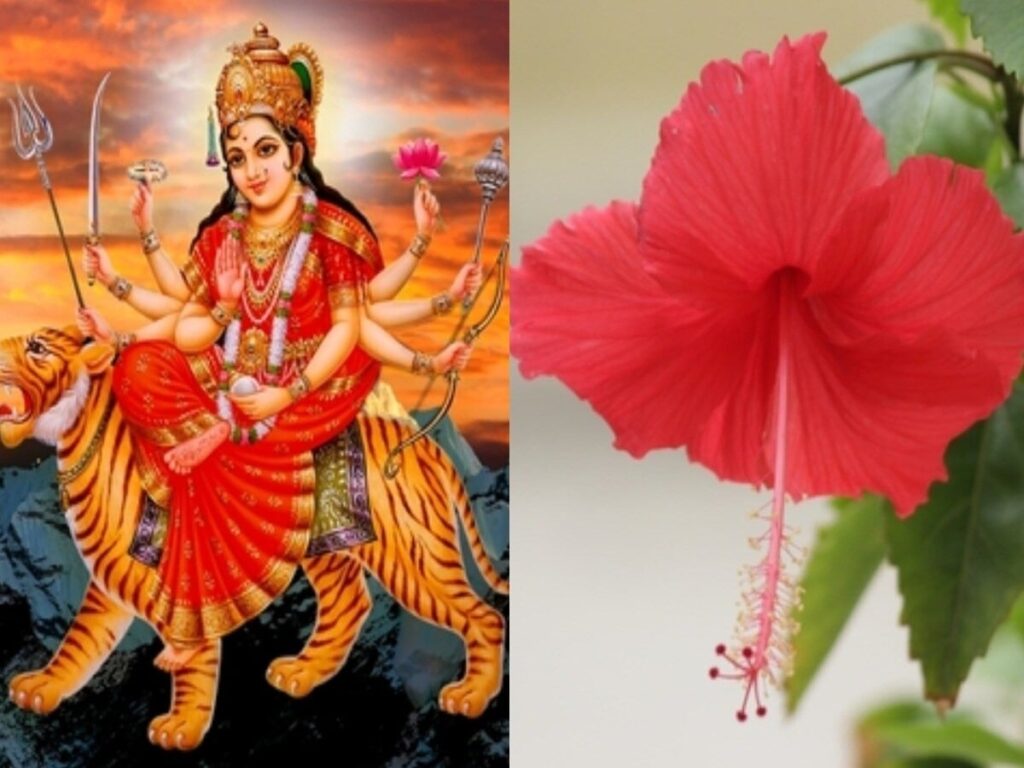“`html
Navratri, a significant Hindu festival, celebrates the triumph of good over evil through the worship of Goddess Durga in her nine forms. This vibrant festival, which lasts for nine nights, is not only a time for devotion but also for cultural activities, fasting, and revelry. Each day of Navratri is dedicated to a specific form of the Goddess, along with particular rituals, flowers, and offerings that hold spiritual significance. Understanding these forms and their associated offerings can enhance your spiritual experience during this sacred time.
Understanding the Nine Forms of Goddess Durga
Goddess Durga is revered in various manifestations, each representing different aspects of life and divinity. Here is a detailed look at the nine forms of Goddess Durga:
| Day | Form of Goddess Durga | Significance | Flowers |
|---|---|---|---|
| 1st Day | Shailputri | Symbolizes the power of the Himalayas. She represents willpower and determination. | Genda (Marigold) |
| 2nd Day | Brahmacharini | Represents austerity and meditation. She embodies the energy of Brahma. | Chameli (Jasmine) |
| 3rd Day | Chandraghanta | A symbol of bravery and valor, she is celebrated for her peaceful demeanor. | Rajnigandha (Tuberose) |
| 4th Day | Kushmanda | Represents the cosmic egg and creation, symbolizing the energy of the universe. | Sunflower |
| 5th Day | Skandamata | The mother of Lord Kartikeya, she symbolizes motherhood and benevolence. | Lotus |
| 6th Day | Katyayani | A fierce warrior form, she symbolizes strength and protection. | Red Rose |
| 7th Day | Kaalratri | Represents survival and fearlessness, dispelling darkness and ignorance. | Black Rose |
| 8th Day | Mahagauri | Embodies purity and serenity, signifying peace and harmony. | White Jasmine |
| 9th Day | Sidhidatri | Represents accomplishment and the divine feminine energy. | Mixed Flowers |
Offering Flowers to the Goddess
During Navratri, each form of Goddess Durga is traditionally associated with specific flowers. Offering the right flowers is thought to invoke the blessings of the Goddess more effectively. Here’s a more detailed understanding:
- Marigold (Genda): Commonly used for Shailputri, marigolds are believed to attract positive energy.
- Jasmine (Chameli): Known for its sweet fragrance, jasmine enhances meditative energy when offered to Brahmacharini.
- Tuberose (Rajnigandha): This flower is significant for Chandraghanta, representing purity and spirituality.
Cultural Significance of Navratri
Navratri is not just about worship; it’s also a celebration of traditional dances like Garba and Dandiya, engaging communities and fostering a sense of unity. The festival holds cultural importance, with various regions celebrating it in unique ways, reflecting local customs and traditions.
Conclusion
Navratri is a time for spiritual reflection,
